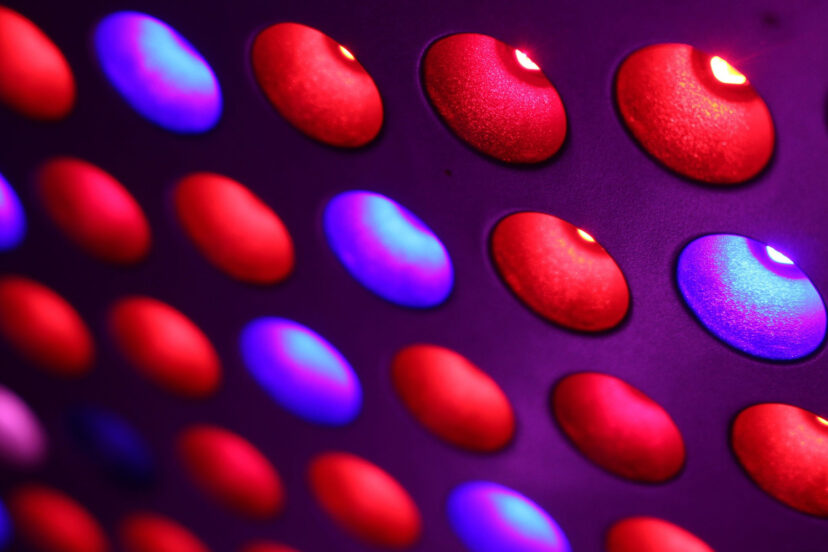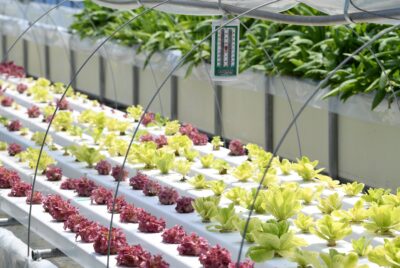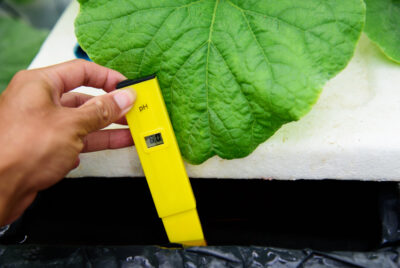Full Spectrum LED Grow Lights
We may earn a commision from purchases made using our links. Please see our disclosure to learn more.
Full Spectrum LED Grow Lights: A Game Changer for Indoor Gardening.
Ever been curious about elevating your indoor garden? I certainly was. That’s when I stumbled upon Full Spectrum LED Grow Lights.
Introduction to LED Grow Lights
Firstly, what are LED Grow Lights? In essence, they’re like magic bulbs for indoor plants, especially ones using hydroponics. These lights specifically aid in the photosynthesis process, ensuring your greens get the light nutrition they crave.
So, why are they a big deal? Well, think of it this way: Imagine trying to read a book with just a candle, and then suddenly, someone hands you a table lamp. That’s the transformation these lights bring to your plants!
Delving Deep into Full Spectrum LED Grow Lights
Now, let’s discuss what “Full Spectrum” really means. Just like we need a balanced diet, plants require balanced light. A full spectrum light ensures plants receive everything from UV to infrared, providing every wavelength essential for growth.
As a result, with a full spectrum, plants access everything – from promoting leaf growth to flowering. It’s like a light buffet!
Most hydroponic planters have these types of lights built right into their system.
Comparing Full Spectrum LEDs to Other Light Sources
When considering traditional bulbs, incandescent and fluorescent ones have been utilized for growing plants. However, they lack the efficiency and full spectrum capability of LED lights. Incandescents produce more heat, which can be detrimental, while fluorescents often don’t cover the spectrum plants need.
On the other hand, HID or High-Intensity Discharge lights, such as Metal Halide and High-Pressure Sodium bulbs, were once favored by gardeners. Yet, they lack efficiency, produce excess heat, and fall short of the full spectrum provided by LEDs.
How to Choose the Best Full Spectrum LED Grow Light
Looking for key features is crucial. You’d want brightness adjustability, efficient cooling systems, and a good warranty.
Moreover, trust me on this, research is vital! Always opt for reputable brands and check user reviews for insights.
Environmental and Economic Benefits
Interestingly, LEDs are eco-friendly. They consume less power, leading to reduced greenhouse gas emissions. For eco-lovers, this is a win!
Furthermore, while initial costs might seem high, LEDs offer a longer lifespan and lower energy consumption, making them a smart long-term investment. Additionally, these lights produce minimal heat, ensuring your plants remain safe.
The Science Behind the Success
Did you know about PAR or Photosynthetically Active Radiation? It’s the range of light plants primarily utilize for photosynthesis. Full Spectrum LED Grow Lights, therefore, provide an optimal supply of PAR. This ensures your plants receive the light they need when they need it.
As a result, the perfect balance of red and blue light in LEDs boosts photosynthesis efficiency, promising more significant yields and healthier plants.
Making the Most of Your LED Grow Lights
Bear in mind, positioning matters. Too close or too far can impact plant health. Similarly, managing light cycles is vital. Using the correct hydroponic instruments and controllers makes this a breeze. Like us, plants need their downtime. Balancing light and darkness ensures optimal growth.
Safety Tips for Users
Remember, while these lights are beneficial, they can be intense. Therefore, consider protective eyewear when working closely with these lights. Also, it’s crucial to ensure the right distance to prevent plant damage.
My Personal Experiences and Suggestions
Over the years, I’ve had numerous success stories, like winter tomatoes! However, every journey has its challenges. For instance, perfecting the light distance took some time, but it was a learning curve worth navigating.
Conclusion
In conclusion, Full Spectrum LED Grow Lights transformed my indoor gardening experience. Whether you’re a newbie or a seasoned gardener, these lights can elevate your gardening game.
FAQs
How often should I replace my LED grow light?
Most last around 50,000 hours. So, think 5-7 years.
Is it safe for my pets?
Absolutely! But, ensure they aren’t directly looking at the lights.
Do I need special glasses?
Given the intensity, protective eyewear is advisable.
Can I use it for any plant?
Most plants respond well, but it’s wise to research specific needs.
Is it costly to run?
There’s an initial cost, but long-term savings make it a worthy investment.





Comments are closed.